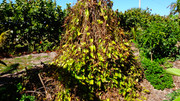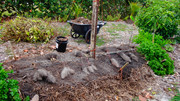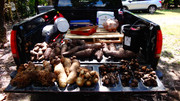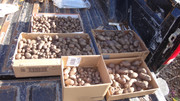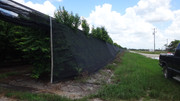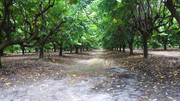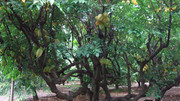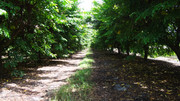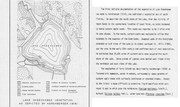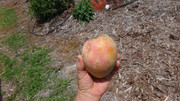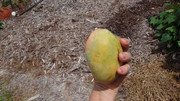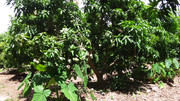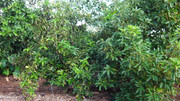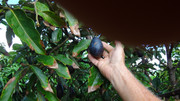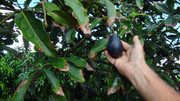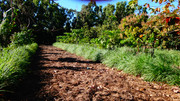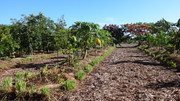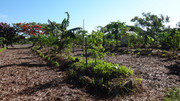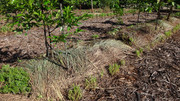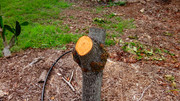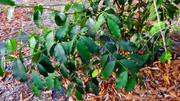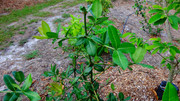In the aftermath of hurricane Irma, millions perhaps billions of cubic yards of vegetative debris are being generated during the cleanup. This resource needs to find a place and I have done some research into how to tap into that stream. I have read manuals created by FEMA, who reimburses local communities for the costs. Ultimately federal taxes pay for it. I also contacted the local agency running the show.
Generally, contractors come to the area, collect the debris from curbside, roadways, and right-of-ways using truck mounted hydraulic claws and transport the material to a staging/grinding area (DMS- Debris Management Site) where they unload. The debris is reduced using various grinding machines to 25% of its original volume. For example, one acre of debris one foot tall (one acre-foot) is about 1600 cubic yards which after grinding becomes 400 cubic yards.
These videos show typical operations:
https://www.youtube.com/watch?v=NhCMYmwokQ8https://www.youtube.com/watch?v=zq9uzoBo0Lshttps://www.youtube.com/watch?v=gfIns9xazJcHow much mulch does it take?
In order to mulch one acre to four inches requires 532 cubic yards, six inches requires 800 cubic yards, etc. Here is a calculator for doing these figures:
http://www.kylesconverter.com/volume/acre--feet-to-cubic-yardsHow to get the mulch?
In my area, the County Solid Waste department is in charge and the contractors work for them. So, you should contact the responsible agency to access the mulch. They told me that they will be making it available, but in my research I saw that in some cases it goes to waste-to-energy power plants, wood pellet mills, ethanol production plants, mulch producing plants, municipal compost facilities, or is used for fill. These uses are competing for the mulch, so to get it might take some persuasion. One tactic in your benefit might be that your use is nearby and requires the least hauling and you are a part the community the local government serves.
Other considerations:
Timing- The operation may move quickly in a 'surge', but they also generally return to pick up at least a second time.
Size of trucks-
As seen in the videos, some operators haul the mulch using very large trucks, up to 100+ yard capacity. They are very long, very tall and cannot turn sharply. Some of these are self-unloading units in which the floor of the truck 'walks' the load to the back to dump. On top of access problems due to size and maneuverability some neighborhoods have road weight restrictions which might prevent large deliveries and lastly these trucks can't generally get off road, up hills, across ditches or travel on soft or wet ground.
If you want delivery you need to make the process as easy as possible. It would be helpful to create a map of directions for delivery.
Mulch quality-
The mulch generated isn't at all like what you may have seen commercially available. It is ground once for expediency and not screened. It will consist of much larger pieces in excess of 1 inch diameter and over 1 foot long. There may be entire branches or large chunks included. Theoretically the debris is checked for trash or non-natural material but some may be contaminated.
This video shows a self-unloading truck and typical mulch quality being transported for further processing as landscape mulch.
https://www.youtube.com/watch?v=Emd4-Eq2fNYMaking use of the mulch-
You might consider storing the mulch for a while. It is 'green' and will generate heat from decomposition in the pile. There will be some smell. There is a possibility of fire.
This article discusses the hazard and mitigation:
http://www.soilandmulchproducernews.com/index.php/frontpage-articles-hidden/160-a-perfect-storm-mulch-fire-dynamics-and-preventionStoring the mulch allows it to break down, the process will eventually make compost. Turning and wetting accelerates the process.
I hope that sharing this helps and if you get some mulch I'd like to hear about your experience.
